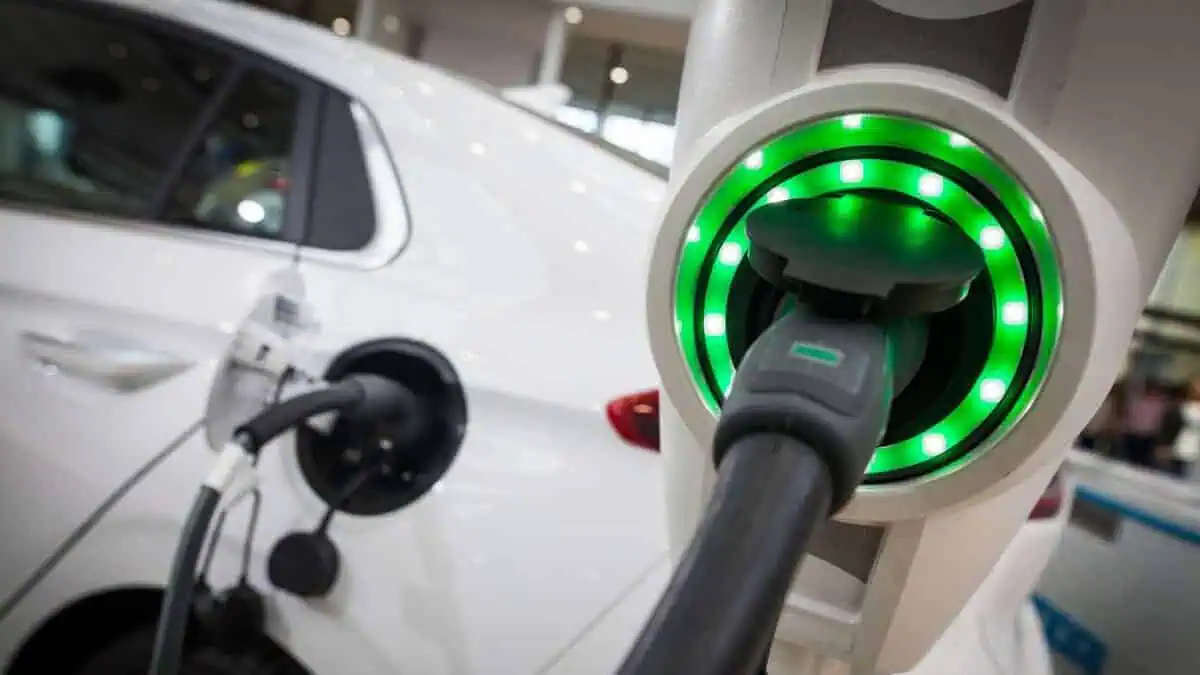The Biden administration implemented the Inflation Reduction Act (IRA) as the United States aims to accelerate economic growth by aiding the production and deployment of clean energy technologies, like electric vehicles and batteries.
Notably, about $374 billion in investment from the Congressional Budget Office is allocated for the clean energy industry over the next ten years. Meanwhile, experts predict that may spur private investments worth $1.7 trillion.
In return, the state expects the move to cut its foreign reliance on critical minerals and materials, especially in China.
Now, industry expert Jay Turner via CleanTechnica has provided a comprehensive summary of how the IRA accelerated the US EV supply chain after just six months of implementation.
Programs under the IRA
The IRA allowed the expansion of the Advanced Manufacturing Tax Credit. It offers $35 per kWh tax credits for domestic battery cell production. It also provides a $10 per kWh tax credit for battery pack manufacturing. Furthermore, the tax credit also covers 10% of the expenses associated with mining, processing, or manufacturing “critical minerals” or active electrode materials.
Remarkably, each EV may receive hundreds of dollars in assistance from all these tax credits. The majority of these incentives are still in effect through 2029 before being gradually discontinued by 2032.
Apart from that, a tax credit of up to 30% on new production facilities is supported by $10 billion in funding under the Advanced Energy Project Investment Credit Program. However, using the investment tax credit and manufacturing tax credit is subject to specific restrictions. Of that $10 billion, the administration allocated $7 billion to the Infrastructure Investment and Jobs Act to boost the US battery and critical mineral supply chain. The remaining $3 billion is allocated to the Advanced Technology Vehicles Manufacturing Loan Program.
Considering all the publicly disclosed projects, the report assessed the EV industry’s response to the IRA.
So how does the IRA really affect the US EV industry?
The IRA encouraged domestic EV supply chain investments
The Bipartisan Infrastructure Act was enforced in 2021, and the newly passed IRA significantly encouraged further investments in the EV supply chain in the US.
As per the report, there have already been over 25 major project announcements in the past six months. It leads to a potential $32 billion in capital investment and 20,000 new employees.
US EV production to hit 4.5m/year by 2030
Projects announced before the IRA contribute to almost all of this EV production potential. However, the IRA can still significantly influence these as it can further encourage them to pursue the projects given the substantial tax credits and incentives.
In effect, manufacturing levels will approach the Biden administration’s target of 50% EV sales by 2030 once early plans stated by Ford, Honda, Volvo, and BMW are completed.
Domestic battery production projects now exceed EV production
The report noted domestic battery production is expected to hit 950 GWh by 2030. Apparently, it also comprises the 250 GWh of new production capacity that has been declared since the passage of the IRA.
Notably, there is adequate production capacity to produce over 12 million cars annually, assuming each new EV has a 75 kWh battery pack.
Production investments surpass mining and material processing
The investment for production still significantly outpaces those for mining and material processing, which are critical for manufacturing.
Interestingly, large-scale initiatives that Redwood Materials has planned could boost the supply of critical minerals. However, companies will probably need to rely on free-trade partners to get resources that meet the IRA’s requirements for procuring key components.
Republican-led states have received the majority of post-IRA investments
The report claimed that the states with Republican governors had seized a disproportionate number of the new EV projects, whether measured by capital investment, target employment, or the amount of federal help granted thus far.
You can access Charged’s interactive dashboard of the EV supply chain here.






